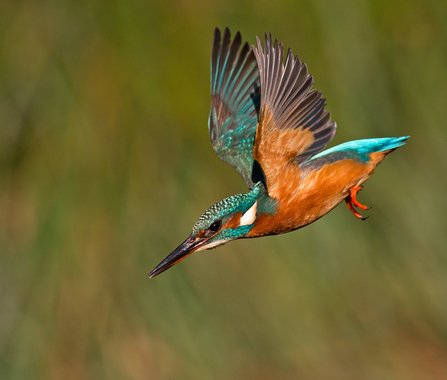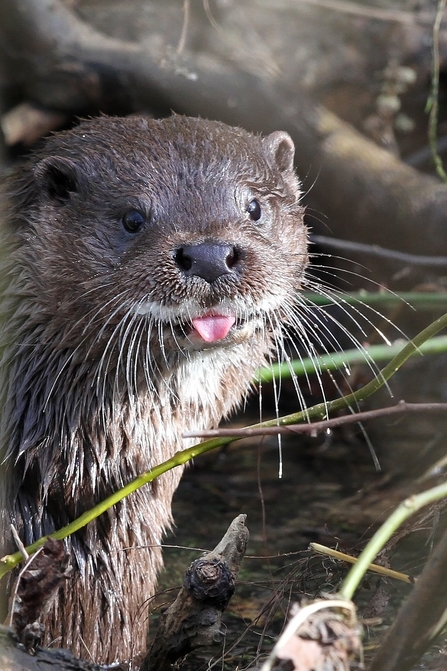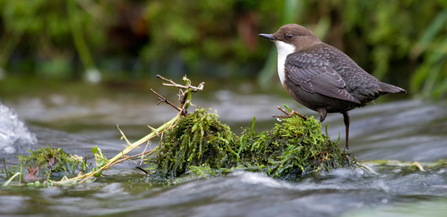This past month, we’ve been delving into our love of rivers, highlighting the actions local people have been taking to protect the River Avon. You can read stories from community groups and Team Wilder members on the Rivers Resource page on our website.
My local stretch of river runs through the Willsbridge Valley and plays host to a variety of stunning creatures. One of my favourite nature moments of this year was when I finally caught a glimpse of the illusive kingfisher which is known to spend its time darting through this woodland watercourse.
What wildlife can I see by the river?
While we know that more needs to be done to clean and protect our rivers, we’re fortunate to still be able to see a dazzling display of wildlife along our local waterways. Some you may only be likely to see if you take to the water yourself, on a paddle board or canoe, while others are abundant and only need you to pick a spot, wait and watch!





